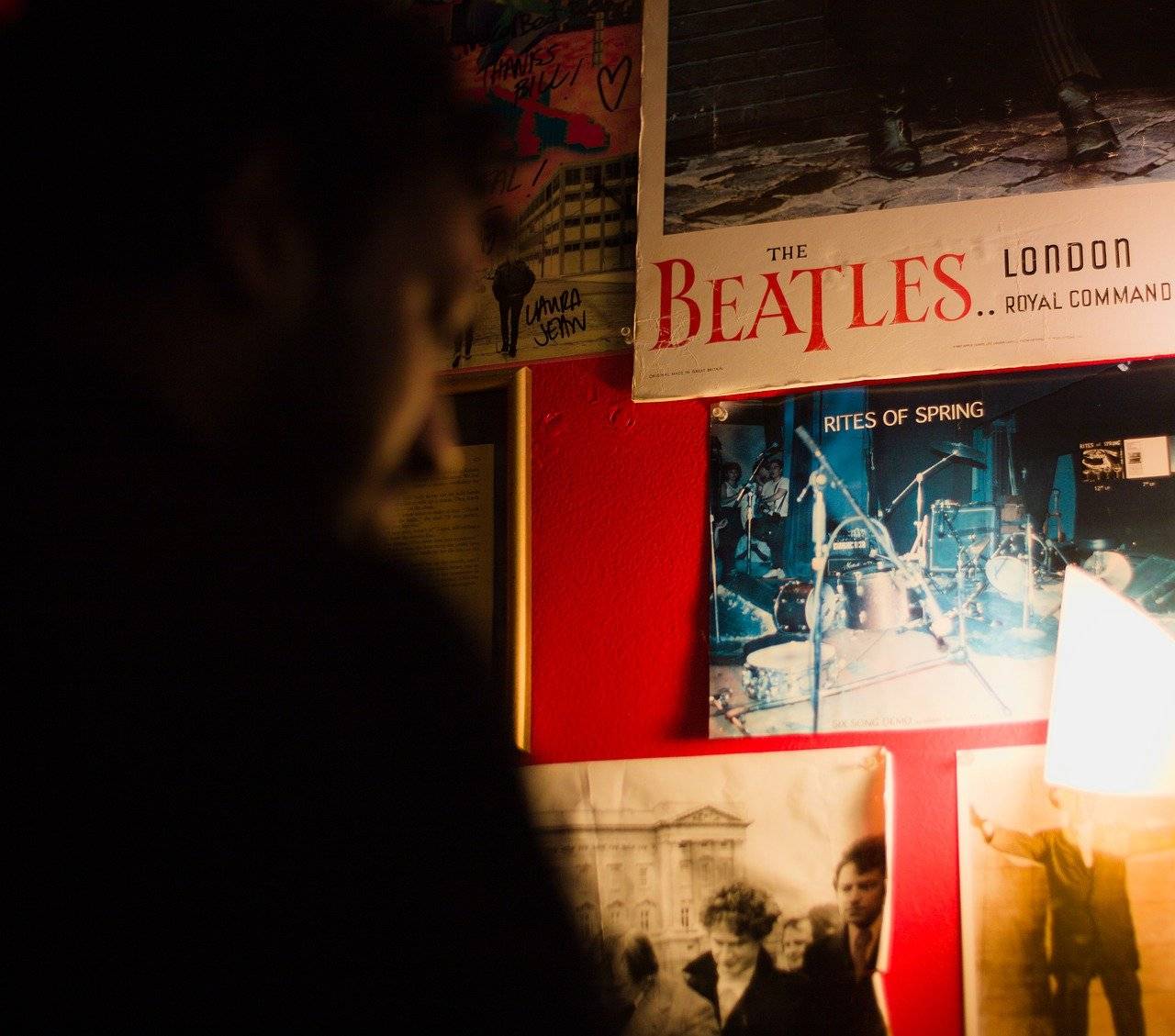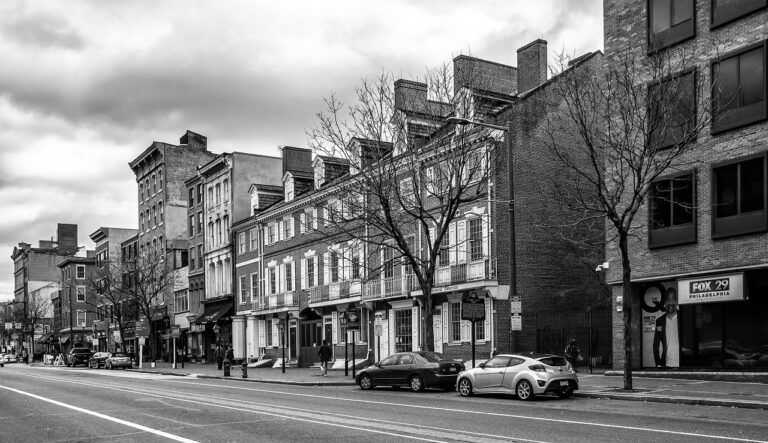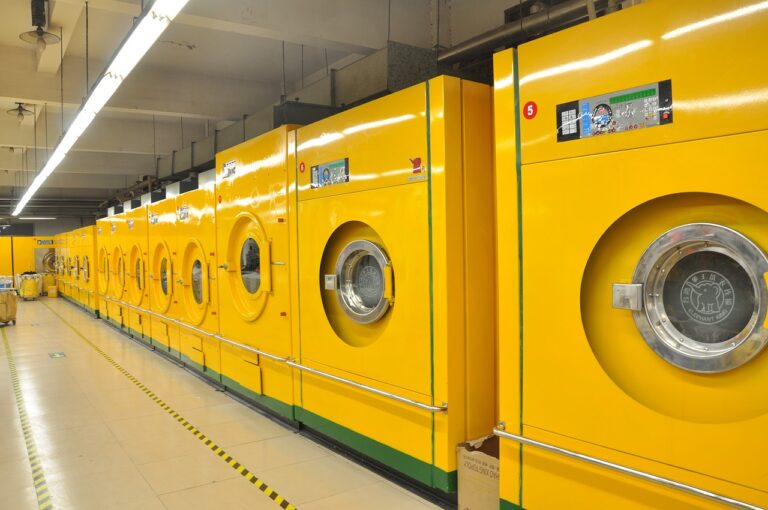The Future of Retail Spaces: Innovative Designs for a New Era
In the rapidly evolving landscape of retail, businesses are constantly seeking innovative ways to differentiate themselves and capture the attention of consumers. From experiential retail spaces that engage all five senses to digital-first concepts that blur the lines between online and offline shopping, the industry is witnessing a wave of creativity and ingenuity. With the rise of e-commerce, brick-and-mortar stores are exploring new strategies to stay relevant and provide unique experiences that cannot be replicated online.
One emerging trend in innovative retail concepts is the integration of technology to enhance the customer journey. Retailers are leveraging augmented reality, virtual reality, and artificial intelligence to personalize shopping experiences, streamline operations, and create interactive environments that delight and surprise consumers. By embracing these cutting-edge technologies, brands are able to connect with shoppers in more meaningful ways and transform traditional retail spaces into dynamic hubs of innovation and excitement.
Sustainable Store Designs
When it comes to sustainable store designs, incorporating environmentally friendly practices is becoming increasingly essential for retailers to stay competitive in the modern market. Designing stores with energy-efficient lighting, green materials, and efficient water usage not only benefits the environment but also resonates with environmentally conscious consumers. From using recycled or renewable materials in construction to implementing strategies for waste reduction and recycling, the focus on sustainability in store designs is driving positive change in the retail industry.
Innovative approaches to sustainable store designs are also focused on creating spaces that promote a healthier environment for both customers and employees. This includes incorporating natural elements such as plants and green walls to improve air quality, as well as utilizing natural light to reduce the reliance on artificial lighting sources. By blending functionality with sustainability, retailers can create inviting and eco-friendly spaces that align with the values of today’s environmentally aware consumers.
What are some examples of innovative retail concepts in sustainable store designs?
Some examples include using recycled materials, energy-efficient lighting, green roofs, and water-saving fixtures.
How can sustainable store designs benefit the environment?
Sustainable store designs can reduce energy consumption, minimize waste, and promote the use of eco-friendly materials, ultimately reducing the store’s environmental footprint.
Are sustainable store designs more expensive to implement?
While there may be initial costs involved in implementing sustainable store designs, the long-term benefits, such as lower energy bills and increased customer loyalty, often outweigh the upfront investment.
How can retailers incorporate sustainability into their store designs?
Retailers can incorporate sustainability into their store designs by using eco-friendly materials, implementing energy-efficient systems, and reducing waste through recycling and composting programs.
What are some considerations to keep in mind when designing a sustainable store?
When designing a sustainable store, it’s important to consider factors such as building orientation, natural lighting, ventilation, and insulation to maximize energy efficiency and minimize environmental impact.





